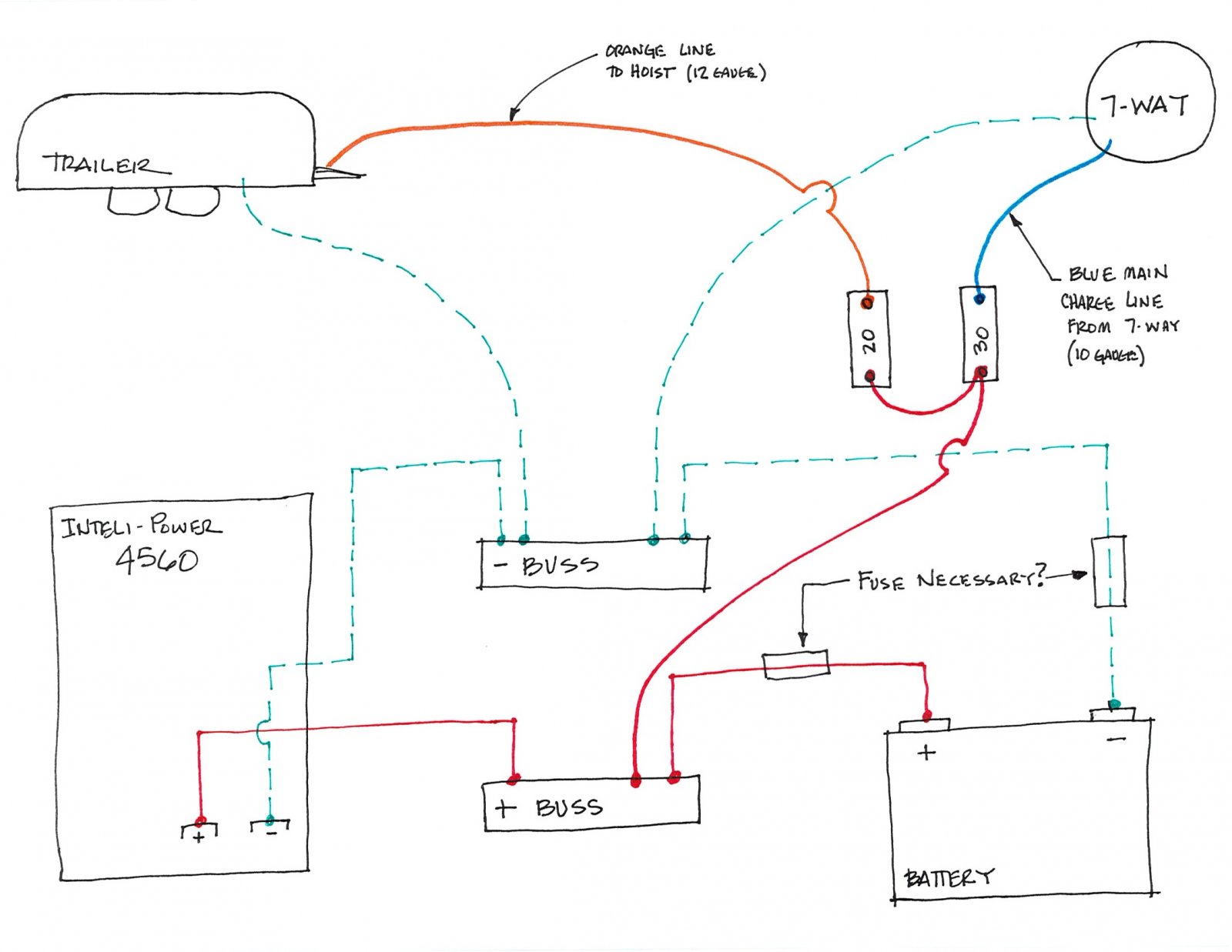
Photovoltaic cells (PVCs) are devices used to convert solar radiation into electrical energy through the photovoltaic effect. This electron flow generates a difference of potential between the terminals, and upon application of an electric field on the semiconductor, the electrons move in the direction of the field, generating an electrical current. When the incident radiation in the form of photons reaches the material, these are captured by electrons, resulting in higher energy content, and if a threshold value called “band gap” is exceeded, they can break their nucleus links and circulate through the material. This effect is found in semiconductor materials, characterized by their intermediate in electrical conductivity between a conductor and an insulator. Photovoltaic energy (PV) is the electric energy produced directly from the sun radiation by applying the photovoltaic effect, which was discovered in 1839 by the French physicist Alexandre-Edmond Becquerel. Solar energy is the energy obtained from solar radiation, and it is regarded as renewable since the Sun expected life is still between 5000 and 10,000 billion years furthermore, this kind of energy is available in most of the Earth places.

Finally, conclusions and future perspectives are summarized. Special emphasis is placed on the 4GEN, where the diverse roles of the organic and nano-components are discussed. A comprehensive comparative analysis of the four generations is performed, including the device architectures, their advantages and limitations. The main goal of this review is to show the current state of art on photovoltaic cell technology in terms of the materials used for the manufacture, efficiency and production costs. The 4GEN, also known as “inorganics-in-organics”, combines the low cost/flexibility of polymer thin films with the stability of novel inorganic nanostructures (i.e., metal nanoparticles and metal oxides) with organic-based nanomaterials (i.e., carbon nanotubes, graphene and its derivatives), and are currently under investigation. The 3GEN presents the use of novel materials, as well as a great variability of designs, and comprises expensive but very efficient cells. The 2GEN (thin-film technologies) includes devices that have lower efficiency albeit are cheaper to manufacture. The 1GEN (mono or polycrystalline silicon cells and gallium arsenide) comprises well-known medium/low cost technologies that lead to moderate yields. The different photovoltaic cells developed up to date can be classified into four main categories called generations (GEN), and the current market is mainly covered by the first two GEN.

In recent years, photovoltaic cell technology has grown extraordinarily as a sustainable source of energy, as a consequence of the increasing concern over the impact of fossil fuel-based energy on global warming and climate change.


 0 kommentar(er)
0 kommentar(er)
